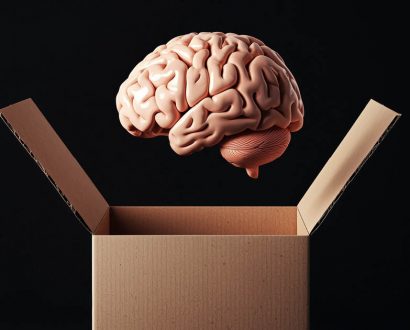In an always-on world, CEOs and leaders are constantly challenged by shifting customer demands. Many organisations are struggling to balance traditional ways of doing business with the expectations and preferences of today’s customers.
At the same time, with competition on the rise, organisations must find new strategies to remain innovative, relevant and cutting-edge in the customer experience. A balanced investment in both talent and technology is key to remaining competitive and driving meaningful engagement with customers.
Engaged front-line talent and technology enhance the customer journey
Delivering above and beyond customer expectations is the secret weapon for today’s leaders and a sure-fire way to enhance the customer journey. To achieve this, a strategic focus on both people engagement and technology is needed.
Ask yourself: how many employees in my organisation are truly engaged?
As a leader, am I instilling the right behaviour and culture in my team to keep customers happy and engaged with the brand? Am I implementing technologies that streamline the customer journey and ensure customers can self-serve where needed?
When it comes to front-line interactions, many organisations struggle to recruit and develop talent who engage meaningfully with customers and enhance the customer experience. Yet engaging the best talent is fundamental to delivering a consistently great customer experience, alongside cutting-edge technology platforms that allow customers to proactively address simple problems.
The best leaders connect their people to a sense of purpose
Even in the age of technology, people want to feel emotionally connected to their workplace. They want to stand for the same values that the organisation stands for. Where do employees learn and embrace these values? From their leaders.
Many CEOs and leaders don’t truly understand the role they themselves play in connecting their people to a sense of greater purpose and vision at work. They want employees to feel good about their role and the relationships they form in the workplace, but they assume that people will form these value assessments and relationships on their own.
Of course, everyone is different and will feel differently about their role, the workplace and the people who work there. However, leaders can ensure employees feel at home from the get-go, encouraging employee retention. This is achieved when leaders connect their people to a clear purpose and vision, role-modelling the positive values and behaviour they want to see in their team.
Technology differentiates the customer experience
Technology enables front-line employees to serve the customer more efficiently and effectively. For any organisation, the right technology platforms can differentiate the customer experience and keep both employees and customers happy.
From the top-down, if you create a dynamic culture that’s focused on people engagement, you will attract the best people. And with the best people and technology, you will deliver a customer experience that’s meaningful and ‘human’, while also cutting-edge and innovative.
An integrated technology platform like Knowledge Management (KM) is a great way to create a unique and differentiated customer experience. Improving operational efficiencies with KM adds significant value to both employees and customers, as employees can tap into the right information at the right time to solve customer queries.
With KM, employees are able to track customer data, deliver information quickly and consistently, and align engagement strategies with customer preferences. KM further enables front-line talent to deliver tailored and personalised interactions with customers.
In a disrupted world, the most successful organisations will be those that carve out a competitive edge with talent and technology. Today’s customers demand quick and efficient solutions to their queries – but they also want meaningful interactions delivered by highly engaged talent. Leaders, enhance your organisation’s customer experience journey with a balanced investment in talent and technology.







